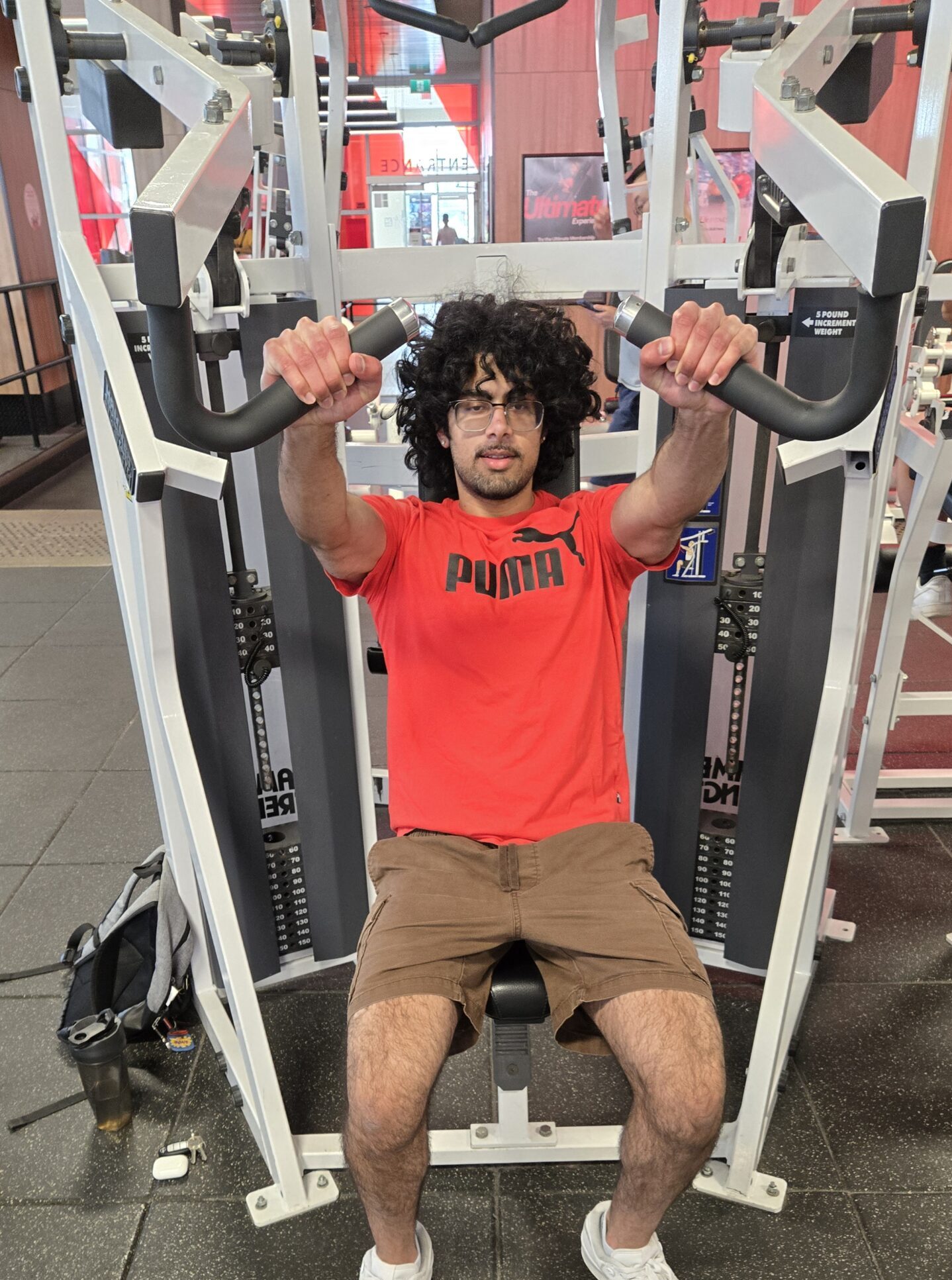If you’re working out consistently but not seeing results, there’s a good chance you’re missing one key ingredient: progressive overload. It might sound like a complicated fitness term, but it’s actually one of the simplest and most effective principles to understand.
Let’s break it down.
What is Progressive Overload?
Progressive overload means gradually increasing the difficulty of your workouts over time. That can be by lifting heavier weights, doing more reps, increasing sets, or even reducing rest time. The goal is to consistently challenge your body so it has a reason to adapt — and that’s how strength, endurance, and muscle growth happen.
Think of it like leveling up in a video game. If you keep playing level 1 forever, you’ll never get better. Your body works the same way; it needs new challenges to grow stronger.
Why Does It Matter?
When you first start working out, you’ll likely see progress fast. But after a while, your body gets used to the same exercises and effort. If you don’t push it just a little more each week, your progress will stall. That’s when people start feeling stuck or wonder why their muscles aren’t growing or why they’re not getting leaner.
Progressive overload keeps you moving forward. It keeps workouts fresh and your results steady. And the best part? It doesn’t mean killing yourself in the gym. It just means making small, consistent improvements.
How to Apply It (Even as a Beginner)
You don’t need to complicate it. Try one of these easy methods:
- Add 5 more lbs to your dumbbells
- Do 1–2 more reps than last time
- Add another round of your circuit workout
- Use slower tempo to make the same exercise harder

Leave a Reply